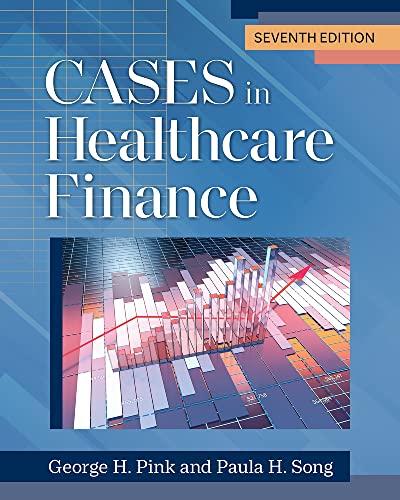Answered step by step
Verified Expert Solution
Question
1 Approved Answer
In October 2 0 1 3 , Shweta Gujral, recently promoted to senior assistant to the Financial Controller of Locomotive Public Limited, assessed six investment
In October Shweta Gujral, recently promoted to senior assistant to the Financial Controller of Locomotive Public Limited, assessed six investment projects for the next year. Her task was to analyze and present the findings to the Board of Directors at its annual meeting in days. The proposed project required an investment of Rs crore.
Founded in Locomotive Public Ltd became a leading graphite producer, gaining recognition for highquality products, with a significant portion sold to Japan. Economic expansion in Japan in the s boosted graphite demand, leading to rapid sales growth. By the company expanded into lithium mining, electric vehicles, and energy production, achieving sales of Rs crores with a net profit of Rs lakhs.
In the early s the company formalized its capital budgeting using present value as the decisionmaking criterion, replacing average return on investment. Shweta's task was to update the cost of capital over the last years and determine the net present value of proposed investments. She proposed using the current cost of raising funds, weighted by their percentage markup The Financial Controller embraced this, and Shweta recalculated the cost of capital, providing a report for the Board of Directors.To determine the weighted average cost of capital, Shweta examined the costs associated with each funding source, focusing on the firm's intention to maintain its current financial structure, as indicated in Exhibit through conversations with the Financial Controller and other members of the Board of Directors.
Exhibit : Locomotive Public Ltd Balance sheet for year ending March
Assets Amount Liabilities Amount
Cash Accounts Payable
Accounts receivables Short term debt
Inventories Accrued taxes
Total current Assets Total current liabilities
Net fixed Assets Long term debt
Goodwill Preference shares
Total Assets Retained earnings
Equity shares
Total liabilities & equity shareholders fund
She also ascertained that the robust growth patterns displayed by Locomotive Public Ltd over the past decade were anticipated to persist indefinitely due to the diminishing supply of US and Japanese domestic oil and the escalating importance of alternative energy resources. In her further investigations, Shweta discovered that Locomotive Public Ltd could issue additional equity shares, each with a par value of Rs and currently trading at Rs in the market. The expected dividend for the next period would be Rs per share, with an anticipated growth rate of percent per year for the foreseeable future. The flotation cost was projected to average Rs per share.Shweta explored financing options for Locomotive Public Ltds expansion. These included issuing preference shares at percent with a percent flotation cost and securing a year, percent loan from Punjab National Bank, with a percent cost for amounts beyond Rs lakhs. The company historically used shortterm debt for working capital, maintaining its proportion in the capital structure. Additionally, Rs lakhs could be raised through a year bond issue at percent, and an extra Rs lakhs through year bonds at face value with a percent coupon. Shweta acknowledged the need to incorporate the cost of retained earnings, uncertain of the specific cost, and discussed this with the Financial Controller. Locomotive Public Ltd is subject to a percent corporate tax rate. Shweta intended to present a report to the Board of Directors, outlining funding options, associated costs, and proposing a recalibrated cost of capital considering both external and internal sources and the corporate tax rate, for informed decisionmaking on the financing strategy for expansion and investment projects.
Step by Step Solution
There are 3 Steps involved in it
Step: 1

Get Instant Access to Expert-Tailored Solutions
See step-by-step solutions with expert insights and AI powered tools for academic success
Step: 2

Step: 3

Ace Your Homework with AI
Get the answers you need in no time with our AI-driven, step-by-step assistance
Get Started


